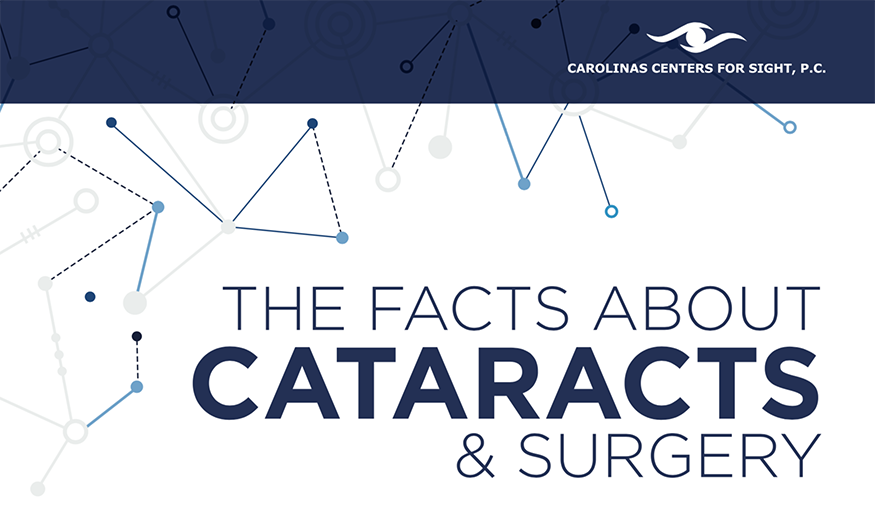Just How Does SMILE Eye Surgical Treatment Contrast To LASIK And PRK?
Just How Does SMILE Eye Surgical Treatment Contrast To LASIK And PRK?
Blog Article
Short Article Author-Adler Kerr
If you've been thinking about SMILE eye surgical procedure, you may wonder exactly how it compares to LASIK and PRK. Each treatment has its own set of advantages and considerations. From quicker recovery times to prospective risks, there are essential distinctions you need to be aware of before choosing. Understanding these distinctions will assist you make an informed choice that aligns with your specific needs and assumptions. Interested to recognize even more concerning just how these procedures contrast in detail? Keep exploring to acquire a comprehensive understanding of SMILE, LASIK, and PRK.
SMILE Eye Surgical Treatment Summary
If you're taking into consideration SMILE eye surgery, you'll discover it to be a minimally invasive procedure with a fast healing time. During SMILE (Tiny Incision Lenticule Removal), a laser is made use of to develop a tiny, exact cut in the cornea to eliminate a small piece of tissue, reshaping it to correct your vision. This differs from LASIK, where a flap is developed, and PRK, where the outer layer of the cornea is completely removed.
Among the essential advantages of SMILE is its minimally invasive nature, resulting in a faster healing procedure and much less discomfort post-surgery. The recuperation time for SMILE is relatively quick, with lots of people experiencing improved vision within a day or more. This makes it a preferred selection for those looking for a hassle-free and efficient vision improvement treatment. Furthermore, SMILE has actually been revealed to have a reduced danger of completely dry eye syndrome compared to LASIK, making it a beneficial choice for people worried regarding this potential side effect.
Differences In Between SMILE, LASIK, and PRK
When comparing SMILE, LASIK, and PRK eye surgical treatments, it is very important to comprehend the distinctive methods made use of in each treatment for vision improvement.
SMILE (Tiny Laceration Lenticule Extraction) is a minimally intrusive treatment that includes creating a tiny cut to remove a lenticule from the cornea, reshaping it to deal with vision.
LASIK (Laser-Assisted In Situ Keratomileusis) entails creating a thin flap on the cornea, making use of a laser to improve the underlying tissue, and afterwards repositioning the flap.
PRK (Photorefractive Keratectomy) removes the outer layer of the cornea before improving the tissue with a laser.
The primary distinction hinges on the means the cornea is accessed and treated. SMILE is flapless, making it a great alternative for people with slim corneas or those involved in contact sports. LASIK offers rapid visual healing as a result of the flap development, yet it might pose a higher threat of flap-related difficulties. PRK, although having a much longer healing period, prevents flap-related problems completely.
Comprehending these variations is critical in selecting one of the most appropriate procedure for your vision correction demands.
Advantages And Disadvantages Comparison
To assess the advantages and drawbacks of SMILE, LASIK, and PRK eye surgeries, it's necessary to take into consideration the certain benefits and possible limitations of each treatment. SMILE surgery supplies the benefit of a minimally invasive treatment, with a smaller laceration and potentially quicker healing time contrasted to LASIK and PRK. It additionally decreases the danger of dry eye post-surgery, an usual adverse effects of LASIK. Nevertheless, SMILE may have limitations in treating greater levels of nearsightedness or astigmatism compared to LASIK.
LASIK surgery gives quick visual recuperation and minimal pain throughout the procedure. It's extremely effective in dealing with a vast array of refractive mistakes, consisting of nearsightedness, hyperopia, and astigmatism. Yet, LASIK carries a risk of flap problems, which can influence the corneal framework.
PRK eye surgical treatment, while not as prominent as LASIK, stays clear of developing a corneal flap, reducing the risk of flap-related difficulties. It appropriates for individuals with thin corneas or irregular corneal surface areas. However, how bad do cataracts get before surgery has a much longer recuperation time and might entail extra pain during the recovery procedure.
https://connerxoetk.blogdun.com/27061204/prepare-to-experience-a-cutting-edge-transformation-in-your-visual-acuity-with-laser-vision-adjustment-treatments , when it involves choosing in between SMILE, LASIK, and PRK, think of it like selecting the best set of footwear. SMILE is like a streamlined, comfortable set of sneakers - fast and very easy.
LASIK is more like fashionable high heels - flashy and fast, yet with some prospective risks.
PRK resembles sturdy treking boots - reliable and durable, yet requiring a little bit more effort and time.
Eventually, the best option depends upon your specific needs and preferences.
